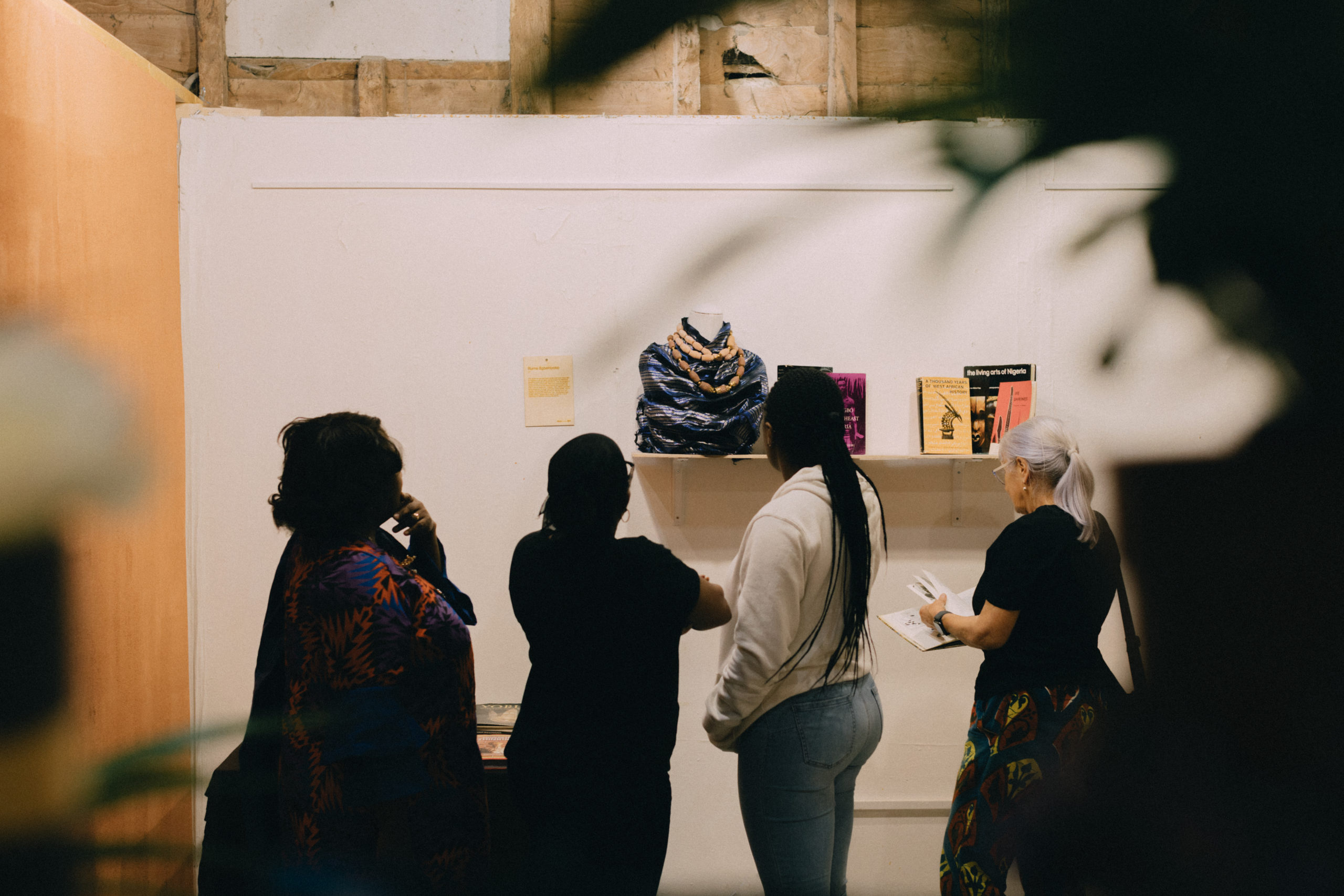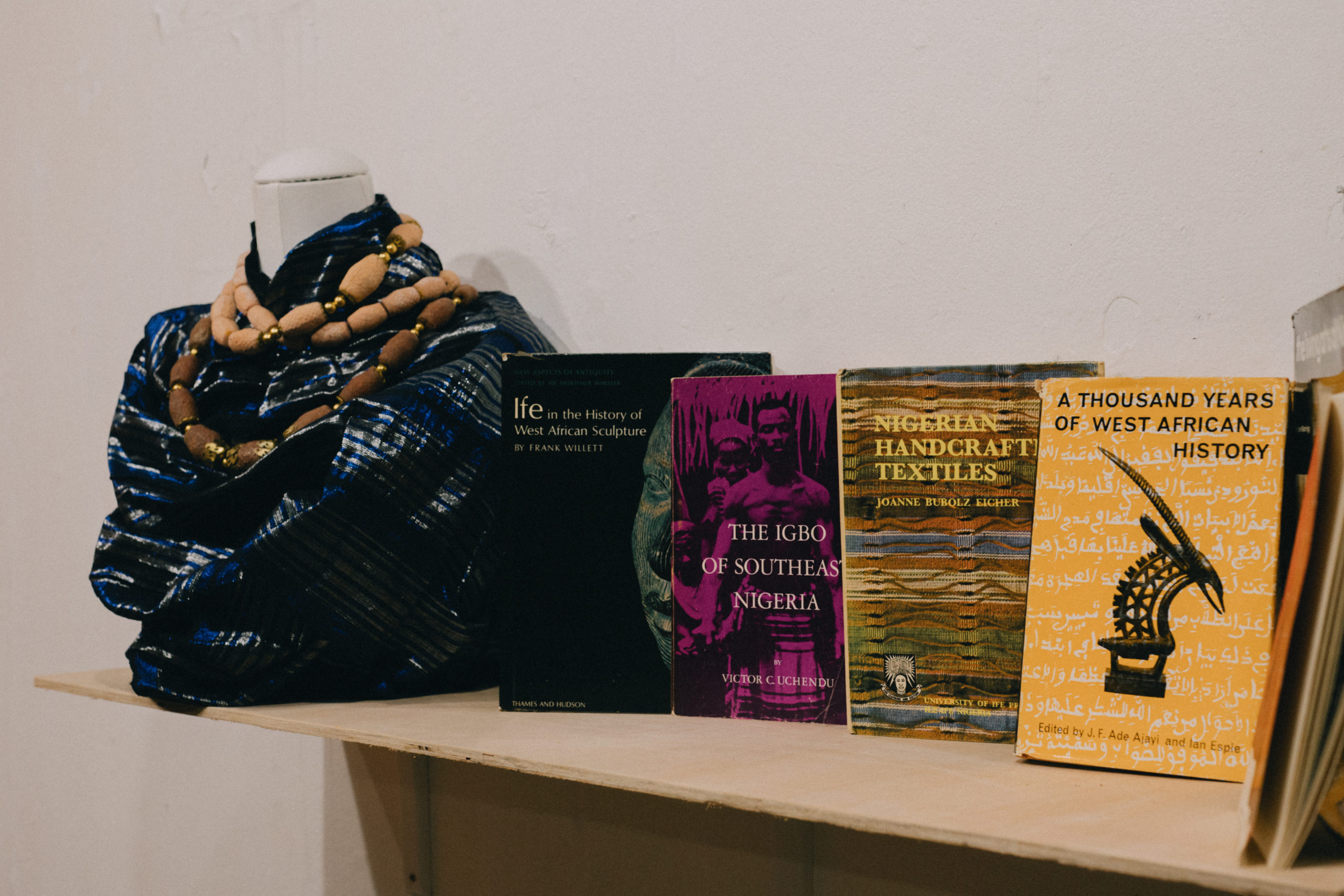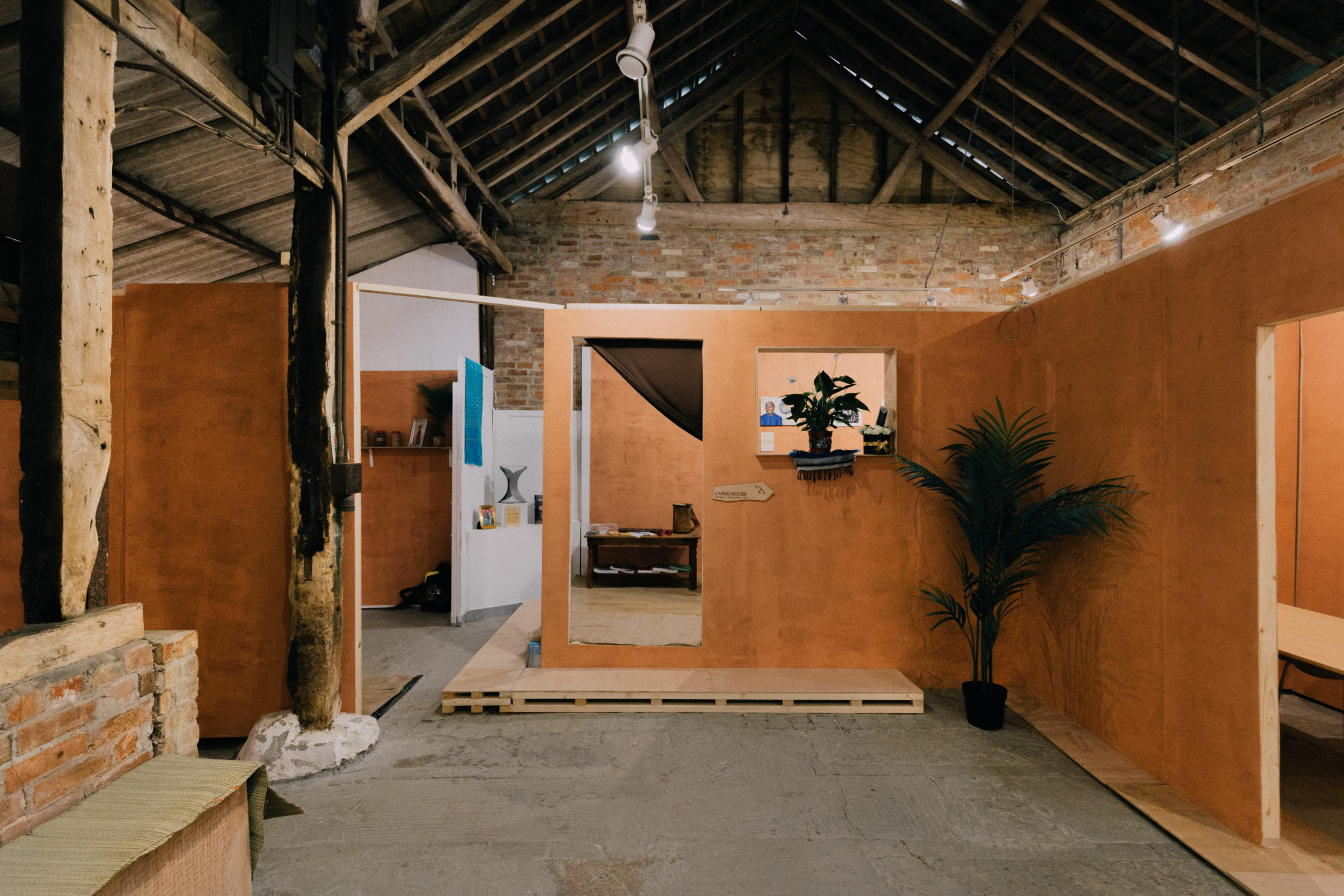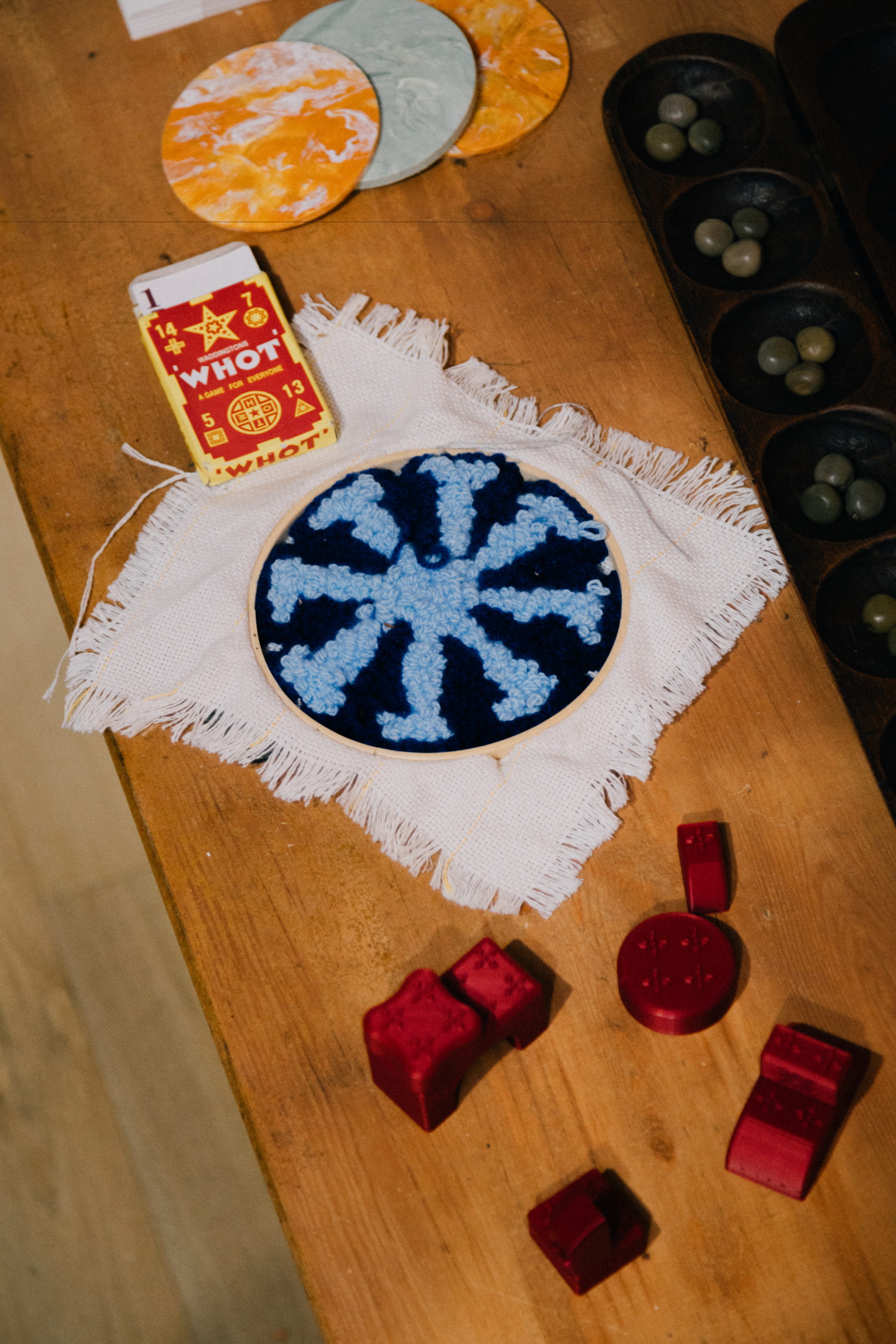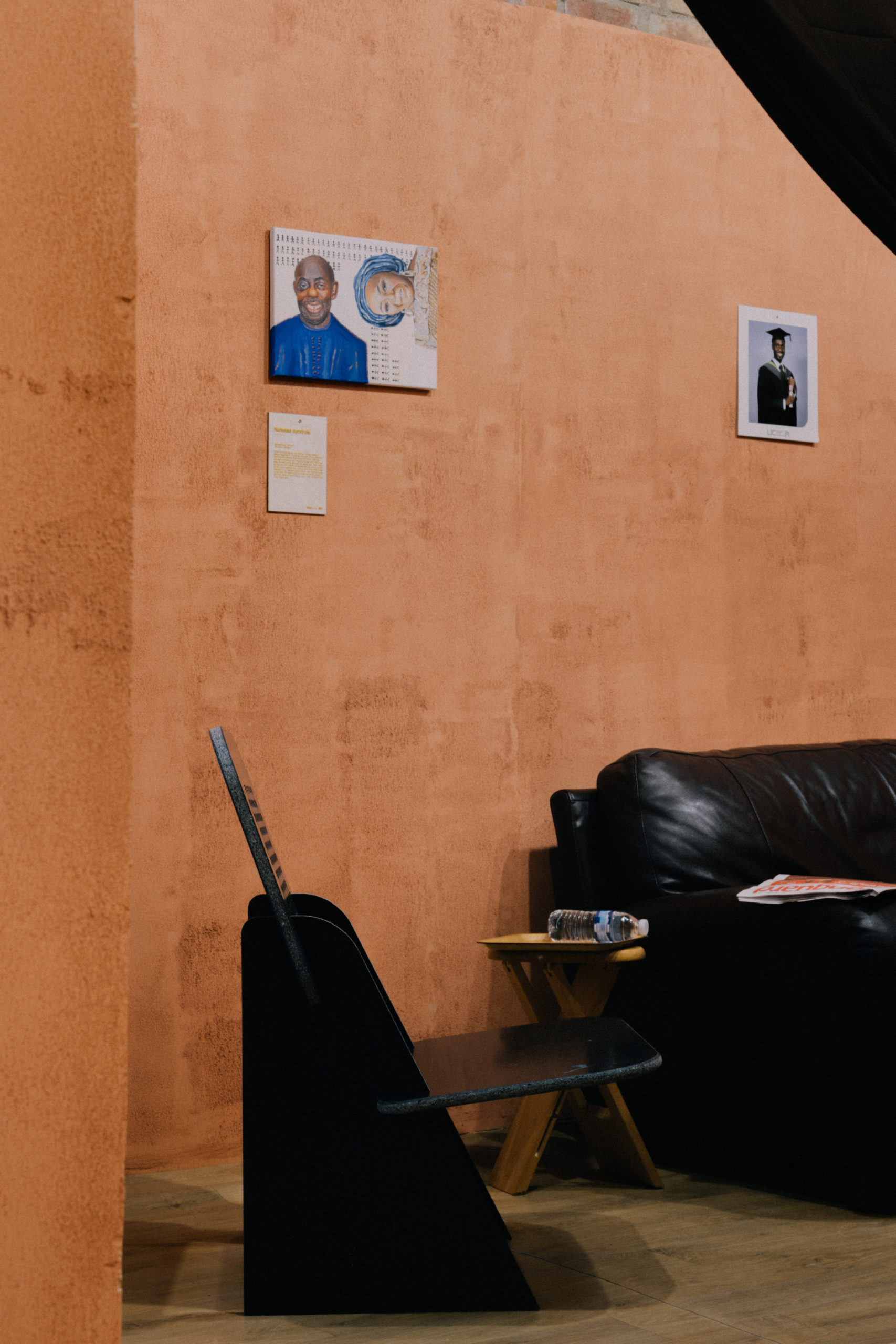Moyo Adebayo Redefines Cultural Roots With His Latest Exhibition: "What Makes A Space Nigerian?"
“What Makes a Space Nigerian?” is not just an exhibition—it’s a bold statement about the future of Nigerian architecture. Moyo Adebayo is leading a movement that seeks to reclaim the cultural essence of Nigerian spaces, merging the old with the new, the traditional with the contemporary. Through his work, he is creating spaces that not only serve their inhabitants but also tell a story—one of identity, heritage, and belonging.
By Asteroid Media
Moyo’s Journey: The Nigerian Diaspora and the Seeds of Inspiration
Moyo Adebayo’s passion for architecture was sparked early on in life. Reflecting on his journey, he shares, “Although slightly cliché, I have always wanted to be an architect, from the moment I heard the word, before I even understood what it meant.” Growing up in the UK in a Nigerian household, Moyo was surrounded by values of respect, hospitality, and community—qualities that would later shape his approach to design. However, it wasn’t until a pivotal moment in his education that his Nigerian heritage would become the focal point of his work.
During a critical design course, Moyo recalls his first deep dive into Nigerian vernacular architecture—a field that explores traditional Nigerian building techniques and cultural expressions through design. He was struck by the disconnect between the portrayal of Nigeria in the diaspora and the lived reality within the country, particularly the fading expression of Nigerian culture in contemporary architectural spaces. “I realized that there was a major disconnect between those in the diaspora and those within Nigeria. The perception of Nigeria, African vernacular architecture, and the lack of awareness about its relevance was frustrating”.
This realization led him to embark on a quest to learn everything he could about African vernacular design. Moyo found inspiration in the works of Demas Nwoko, a prominent Nigerian architect and artist who championed the idea of natural synthesis—the blending of Nigerian creative practices with Western formal training. Nwoko’s philosophy of combining the best of both worlds resonated deeply with Moyo, and it became the foundation upon which he would build his career. “Embracing African architecture and design has allowed me to come up with creative ideas that mean something to me and many who look like me or share similar experiences”.
A Vision Realized: The Exhibition “What Makes a Space Nigerian?”
At the heart of Moyo’s latest work lies a question that is both simple and profound: What makes a space Nigerian? This question sparked a series of explorations that culminated in the exhibition, an immersive experience that brings visitors face to face with the complexities of Nigerian identity in the built environment. Set in a white cube gallery—a metaphorical blank canvas—Adebayo and his team recreated a Nigerian home, blending traditional Yoruba and Igbo architectural elements with contemporary Nigerian art and design.
In his words, “The central question came from seeing a trend in the architecture of Nigerian spaces. There was a fading in the Nigerian cultures being expressed within the spaces we inhabit. What remains of our identity in the architecture, what is absent, and what may be added were the things I sought to ascertain. In order to provide a forum for tourists to interact with Nigerian architecture in fresh and significant ways, Moyo aimed to spark discussions about cultural identity and spatial design.
The exhibition is an anthropological investigation of Nigerian homes, with particular attention paid to design features that honor Nigeria’s rich cultural heritage. Moyo’s crew furnished the room with furniture and antiques borrowed from Nigerian households in order to replicate the feel of a traditional Nigerian home. The end effect is a visceral encounter that is remarkably real, comfortable, and closely linked to Nigerian culture. The area included a blend of modern objects that make predictions about the direction of Nigerian design as well as antiques from other eras.
According to Moyo, “We invited various modern Nigerian designers and artists to show work that they feel belongs in a Nigerian home.” By taking this method, the exhibition was able to maintain its cultural roots while also showcasing how Nigerian places can change without becoming obsolete. “In African culture, art and design have always served practical purposes, and this exhibition provided the ideal setting to situate these artists’ works within their authentic contexts,”
Cultural and Architectural Significance: Defining the Nigerian Space
According to Moyo, Nigerian space is characterized by the social and cultural values ingrained in the architecture as well as its visual beauty. The design made extensive use of traditional features including courtyards, split-level layouts (a frequent feature in Nigerian homes used to imply space hierarchy), and adobe walls. These components were included for the exhibition because they are historically significant as well as because they may bring visitors back to their childhood homes.
According to Moyo, these traditional elements pay homage to Nigeria’s history while also acting as a model for the country’s future architectural style. “Part of the solution to where Nigerian architecture may go in the future may lie in taking a closer look at earlier, pure typologies, it was important to add it to the speculation of what makes a space Nigerian”.
The exhibition, which included items manufactured from recycled or repurposed materials, also had a sustainability theme. Using eggshells and recycled plastic, respectively, artists such as Rume Egbeniyoko and Tolu Ashiru challenged the use of traditional materials and invited viewers to reconsider how sustainable practices may be incorporated into Nigerian homes. Moyo’s focus on sustainability is a reflection of his larger dedication to making sure that the materials he uses in his creations are good for the environment and culture of future generations.
A Conversation with Moyo Adebayo: Insights from the Architect
To delve deeper into his vision, Asteroid Magazine interviewed Moyo Adebayo to discuss the themes behind his exhibition and his views on the future of Nigerian architecture. Below are excerpts from the conversation:
Q: What inspired you to create the exhibition “What Makes a Space Nigerian?”?
Moyo Adebayo: The idea came during a critique of a student project where someone asked, “What does it mean to make a space Nigerian?” That question stayed with me, and I wanted to explore it further. The exhibition is my attempt to answer that question by looking at the architectural and cultural elements that define Nigerian spaces. It’s about provoking conversations and re-engaging with our cultural roots in the context of modern design.
Q: How has your Nigerian heritage influenced your architectural style?
Moyo Adebayo: Growing up in a Nigerian household, respect, hospitality, and community were values I was raised with, and those qualities find their way into my designs. There’s a sense of family and togetherness that I try to capture in my work, especially when designing spaces that are meant to feel welcoming and inclusive. My heritage is the lens through which I see architecture.
Q: What materials or architectural forms do you consider quintessentially Nigerian?
Moyo Adebayo: Adobe, for sure. It’s a material used traditionally in Nigerian homes, and it brings a warmth and texture that’s hard to replicate with modern materials. The split-level layout is another important feature, not just for its practicality in pest control, but because it shows the spatial hierarchy of the home. These features are part of what I believe makes a space distinctly Nigerian.
Q: What message do you hope your exhibition sends to young Nigerian architects?
Moyo Adebayo: I want them to embrace their heritage while pushing boundaries. Architecture isn’t just about buildings—it’s about creating spaces that tell stories, that resonate with people. I’m only 22, but I’ve learned that if you have an idea, you need to pursue it, no matter how big or small it seems. Nigerian architecture can stand out globally, and it’s up to us to make that happen.
The Future of Nigerian Architecture: A Vision for Tomorrow
The exhibition by Moyo is a component of a larger initiative to rethink and recover Nigerian architecture. In his ideal world, Nigerian design would be as well-known around the world as Scandinavian or Japanese design. His objective is to develop a unique architectural language that responds to the demands of contemporary society while drawing inspiration from Nigeria’s rich cultural heritage.
Moyo states, “I want my work to influence a more authentic and distinctive interpretation of Nigerian architecture.” One that, in terms of form, meaning, and inventiveness, distinguishes Nigerian architecture from other international forms. I want it to be obvious to onlookers that a structure is Nigerian just by looking at it. The future of Nigerian architecture, in his opinion, rests in striking a balance between respecting history and welcoming innovation.
Moyo believes that sustainable design principles will play a part in Nigerian design in the future. He feels that Nigerian architects may support the preservation of cultural heritage and environmental protection by using sustainable materials and techniques in their designs. For instance, the “What Makes a Space Nigerian?” exhibition’s materials were selected with the circular economy in mind; many of the items were reused or repurposed after the show closed.


